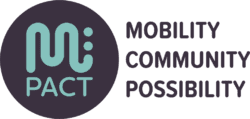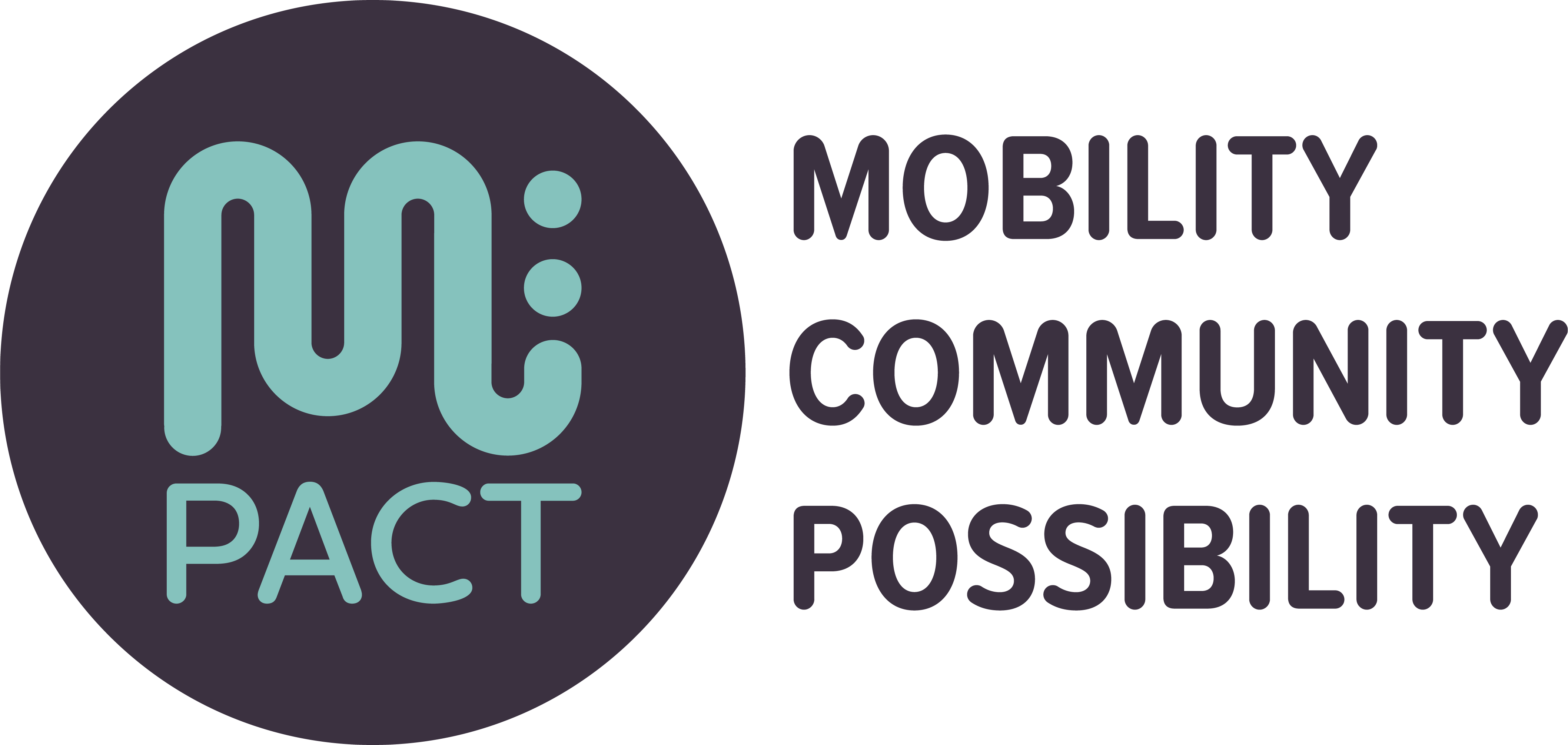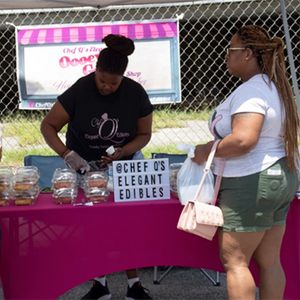Topics:
Tags: Access, Equity, partnerships, placemaking
Originally published on railvolution.org. Rail~Volution is now Mpact: Mobility, Community, Possibility.
During the pandemic, in the spring and summer of 2021, Dee Powell helped transform a vacant lot in south Dallas into the MLK Food Park, while in Pittsburgh, Janel Young transformed a transit stop to highlight safety and lift community spirits. For both, being involved with placemaking projects offered the opportunity not only to reshape a location but also to interact with community members and consider who really has access. We asked them to share their views about placemaking, equity and partnering with cities or agencies. Hear what they say on our Voices from the Field videos.




